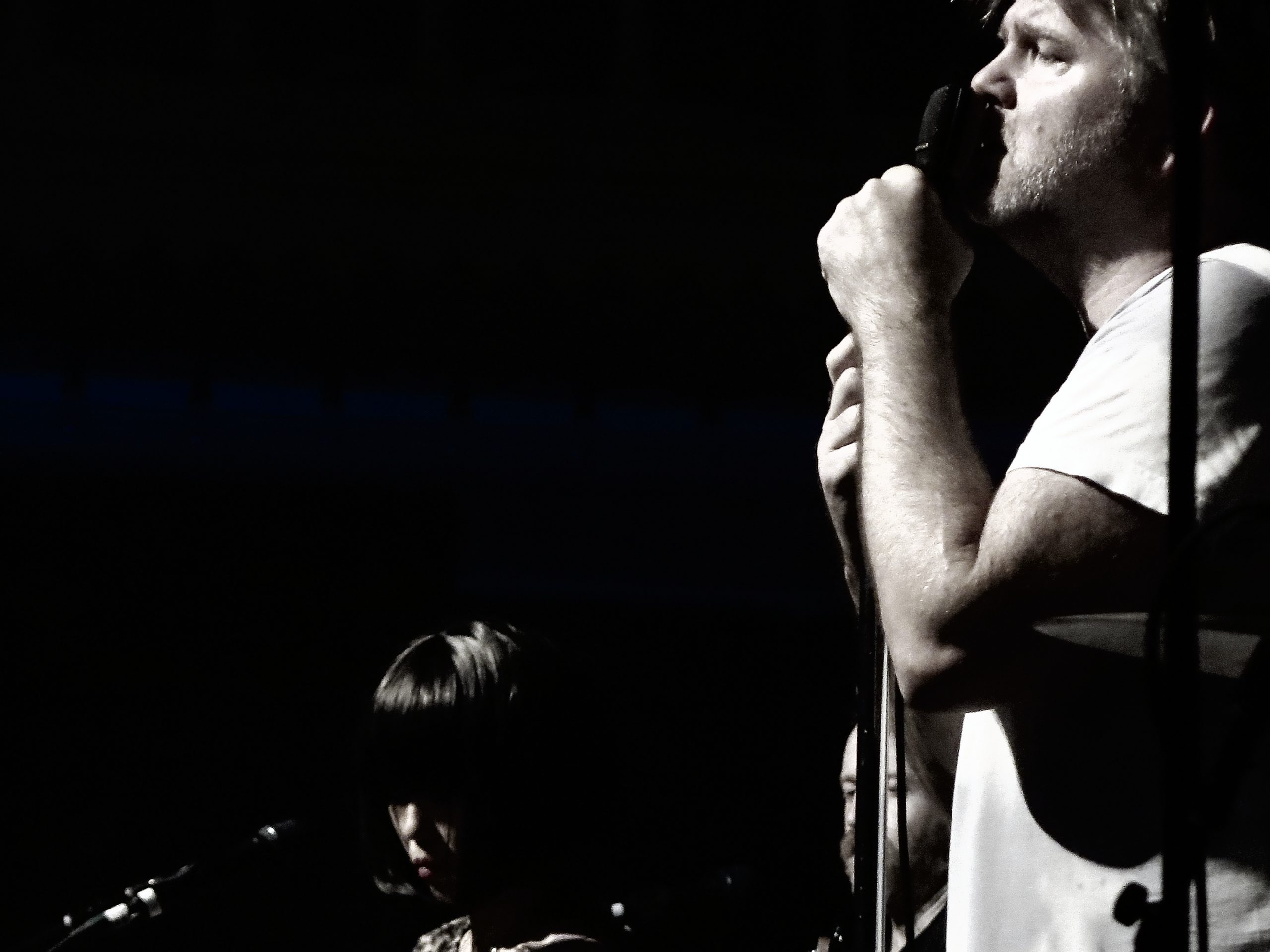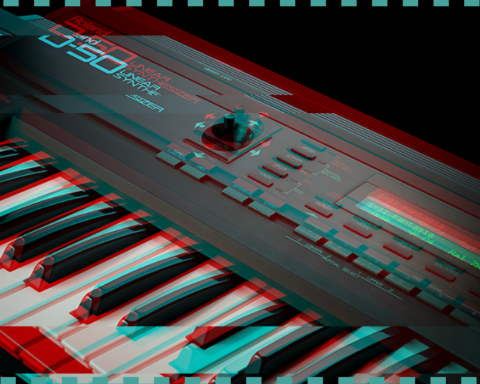Ballasted by nostalgia and innovation, American Dream is weighted with themes of encroaching mortality— particularly following the deaths of some of LCD’s biggest influences, like Lou Reed, Alan Vega, Leonard Cohen, and David Bowie. While American Dream as a whole bears sonic turmoil, it’s the almost 10-minute ominous groove of “how do you sleep?” that best exemplifies what Murphy and Co. did with their comeback record. The group ran the bright fuzz and poppy beats that made LCD a fixture on countless early aughts iPod nano playlists through a deeper, bluer filter.
Bad Blood Broiling
Borrowing its title from John Lennon’s 1971 McCartney takedown, “how do you sleep?” references a bitter feud between Murphy and his ex-DFA Records production partner Tim Goldsworthy. The vitriol between the two was immortalized in Meet Me in the Bathroom—the 2011 oral history of NYC’s ’00s rock scene.
But even without the context, there’s a resolution and poignancy to “how do you sleep?” that feels universal, with the synths weaving a surreal, watery net. Between its haunting, relentless beat and Murphy’s agonized wail, the song’s immense gravity is illuminated by the dreamy arpeggiated twinkle of the JUPITER-4.
“There’s a resolution and poignancy to 'how do you sleep?' that feels universal, with the synths weaving a surreal, watery net.”
JUPITER-4 Waves
The rich, velvety texture granted by analog synths is on display in “how do you sleep?.” Professing his love for the JUPITER-4’s polyphonic palette, James Murphy said, “Nothing sounds as soft and lush. It has a very distinct color…this lovely, gentle harmoniousness which can only come from the 4. It sounds better to my ears than almost any other synth.”
Though Murphy plays it on a few other American Dream songs, it’s synth artist, producer, and DJ Gavilán Rayna Russom whose intuition steers the 4 through “how do you sleep?.” And she does so in fervent, vicious, and triumphant waves. Russom’s early career experience hand-building synths informs her elemental approach to a timeless instrument.

Built on a Legacy
From the song’s opening anxious thuds, the beat simmers, patiently collecting heat until it boils over. The JUPITER-4’s shimmering arpeggios dance across the song’s surfaces, skimming Murphy’s howling highs and weary lows. In sudden, soaring melody, Murphy bellows “Standing on the floor, facing you / I can’t see you, your impermanence / This place is empty / Empty of you.”
For a moment the pulsing, bright synths recall This is Happening-era LCD, as heard through the cold bathroom wall of a grimy warehouse club. The irony and self-awareness is still there, but it’s resigned, eclipsed by layers of big sound and bigger feeling.
“The JUPITER-4’s shimmering arpeggios dance across the song’s surfaces, skimming Murphy’s howling highs and weary lows.”
As with the best of LCD Soundsystem, “how do you sleep?” guides listeners through a process of borrowing from the past, looking ahead, and living in the moment—all while never losing the beat. During Murphy’s subdued refrain of “one step forward / and six steps back,” the JUPITER-4’s dependably lovely tones remind us that looking back isn’t always a bad thing.







